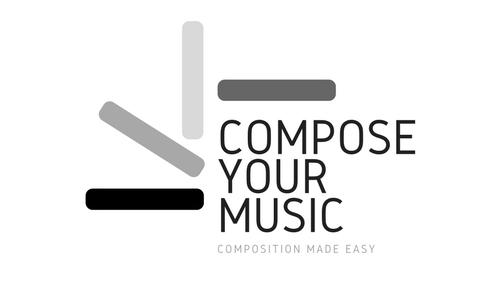Introduction
Theory or System?
The Method of teaching Harmony
Consonance and Dissonance: Main Concepts
The Major Mode and the Diatonic Chords
The overtone series
The Diatonic Triads
Spacing and Voice registers
Primary and Secondary Triads. Connection between them: Voice Leading
Triad inversions: The Sixth and the Sixth-four chords
Parallel Octaves and Fifths
Connection of Triads in root position, first and second inversion
Sevenths chords: Voice Leading
Connection of Seventh chords with the previous chords
The Minor Mode
The Diatonic Triads: Voice leading in different scales
Inversion of Triads in Minor mode
Seventh chords and theri inversions in Minor Mode
Connection of Chords with no Common Notes
Voice leading directions and guidelines between outer voices
Cadences (closes)
Plagal Cadence, Perfect Authentic and Deceptive Cadences
The sixth*four chord in a cadential (the cadential six-four)
Freer treatment of the VII degree in Major and Minor mode
Voice Leading examples
Modulation
Main concept and function
Circle of Fifths
Examples
Secondary Dominants and other Non-Diatonic chords derived from the Church Modes
Guidelines
The Diminished chord and Guidelines for its use
Examples
Rhythm and Harmony
Main Concept and Guidelines
Time Signature and Takt
Modulations: Continuation
Modulations to the 3rd and 4th circles
Examples and Exercises
Regions in Minor
Guidelines
Relationship to the Subdominant Minor
Regions II
Transformations of the second degree
Transformations of other degrees in the tonic region
Exercises
At the Frontiers of Tonality
More uses of the Diminished seventh Chords
The Augmented Triad
The Augmented six-five, four-three
Some alterations of the II degree and other degrees
Connections of altered and vagrant chords
Modulations to more distant keys
Modulation to the 2nd, 5th and 6th circles of fifths
Modulations through intermediate keys
Interchangealbility of Major and Minor regions
Regions III (Major)
Tonic Minor Region
Chorale Harmonisation
Cadences
Non-Harmonic Tones
Introduction. contrapuntal Concepts
Passing, Neighbouring
Appoggiatura, Suspension, Retardation
Changing Tones, Anticipations
Analysis and Exercises
Ninth chords
Main Concepts
Examples and Analysis
Extended Tonality
Romantic period. Descriptive Music
Examples of the Literature
Progressions for varios compositional Purposes
Sentence
Period
Codetta
Contrasting Middle Section
Variation of a Sequence
Pedal
Transition
Elaboration or Development
Roving Harmony
“Free Form”
Schematic representations to round out the Tonal System
Alterations of Triads, Seventh and Ninths Chords
Abbreviation of Set Patterns through Omission of Intermediate Steps
Triads connectd with all other triads and Seventh Chords
Possibilities of Ascended Sevenths
Bases ofr the Diminished Seventh Chords (Mozart’s chord)
Additional Schemes for Modulations
Fluctuating and SuSuspended Tonality
The Chromatic Scale as a Basis For Tonality
The Whole-Tone scale and related five and six-part chords
Main concetp Examples
Uses and resolutions
Chords constructed in Fourths
General guidelines
Examples and Analysis
Aesthetic evaluation of chords with six or more tones
General Concept and Guidelines
Different applications and examples
